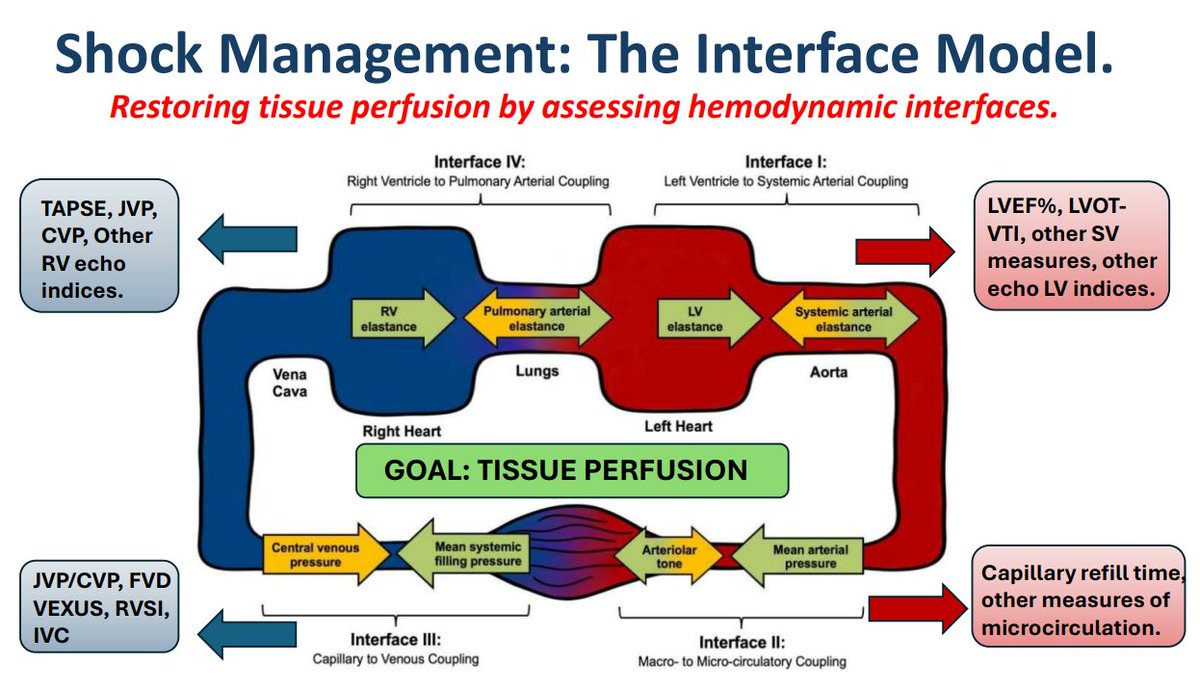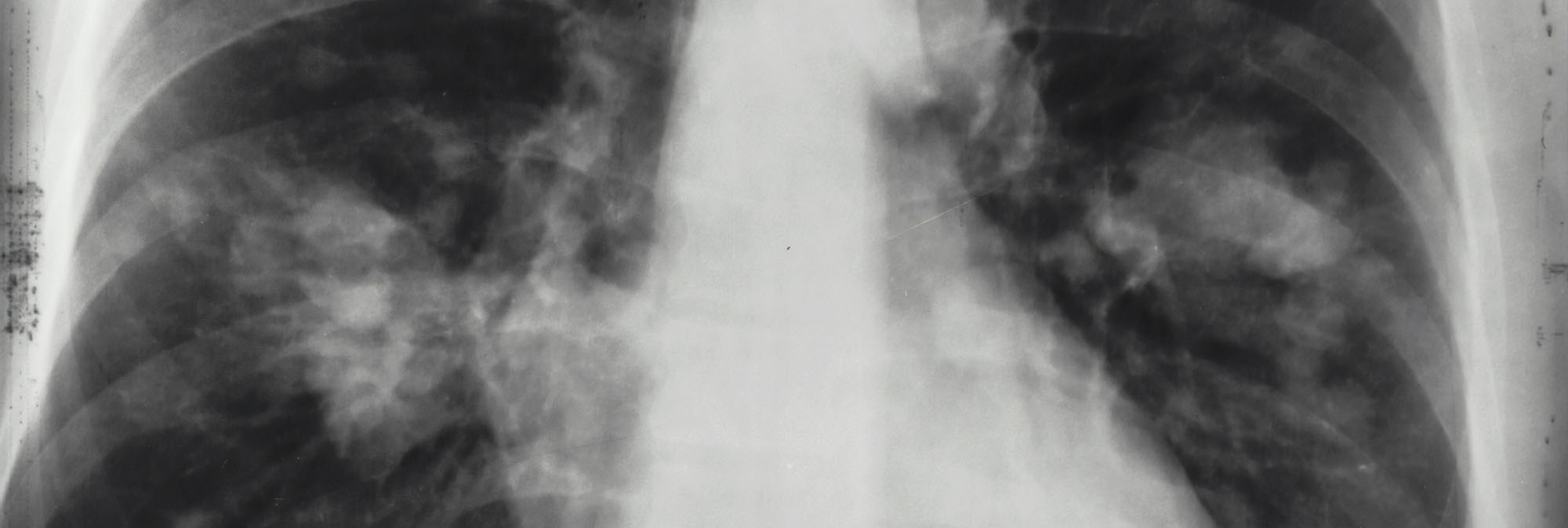It has been an exciting time in neurocritical care. We haven’t been able to post in a while but Casey and I will bring you up to speed. So, buckle up-we’ll do a quick literature recap from 2023-2025.
First up, Acute Ischemic Stroke (AIS) updates from 2023-2024:
Thrombectomy: Over the past few years, there have been tremendous strides in expanding the indications for emergent large vessel occlusion (ELVO)-Landmark trials from 2015 onward (see our post on stroke), expansion of the treatment window to 24 hours from symptom onset (thanks to DAWN, DEFUSE3) for the anterior circulation followed by thrombectomy becoming the gold standard for ELVO in Basilar artery occlusion (BAO) as well. (ATTENTION, BAOCHE, Meta-Analysis) ).
Thrombolysis: We have also learned that for patients who are candidates for both thrombectomy and thrombolysis, we shouldn’t bypass thrombolysis. (Guidelines, which included DEVT, SKIP, MR CLEAN- NO IV, SWIFT DIRECT, DIRECT SAFE). As for rt-TPA versus Tenecteplase, the debate has been settled by multiple RCTs showing non-inferiority, safety then followed by efficacy. (Meta-analysis)
Timing of resuming anticoagulation in AIS patients with Atrial fibrillation: This clinical question has been perplexing to many of us as we try to balance the risk of another stroke (or any other thromboembolic event) versus hemorrhagic transformation. With ELAN, OPTIMAS and several other trials, we have our answer-depending upon the size of the stroke anticoagulation could be resumed in these patients early: for mild or smaller strokes as early as day 3 and for moderate to large strokes as early as day 7 (published)
Access to care: For those patients who meet criteria for both thrombectomy and thrombolysis but don’t have access to thrombectomy, can thrombolysis improve outcomes as compared to antiplatelets? Yes, and not just within the first 4.5 hours. Investigators from China found that thrombolysis with TNK can help improve outcomes but the risk of hemorrhagic transformation will be higher in the expanded window.
Since, thrombectomy has become the gold standard for ELVO both in the anterior and posterior circulation, what about access to thrombectomy? In this survey based study from the Society of Vascular Interventional Neurology’s (SVIN) Mission Thrombectomy, 887 responses from 67 countries were received. The median global mechanical thrombectomy access (MTA) was 2.79% (interquartile range, 0.70–11.74).
We have a long way to go in improving access to care!
Large Core infarction: Another key advance was support for performing thrombectomy in patients with large core infarcts i.e. patients with ASPECTS < 6 (Alberta Stroke Program Early Computed Tomography Score). Previously, these patients were thought to have established infarcts and were not considered candidates for thrombectomy. Six RCTs: RESCUE-Japan-LIMIT (Recovery by Endovascular Salvage for Cerebral Ultra-Acute Embolism—Japan Large Ischemic Core Trial), ANGEL-ASPECT (Trial of Endovascular Therapy for Acute Ischemic Stroke With Large Infarct), SELECT2 (Trial of Endovascular Thrombectomy for Large Ischemic Strokes), TESLA (Thrombectomy for Emergent Salvage of Large Anterior Circulation Ischemic Stroke), TENSION (Endovascular Thrombectomy for Acute Ischemic Stroke With Established Large Infarct), and LASTE (Large Stroke Therapy Evaluation) showed that thrombectomy in large core infarcts can improve outcomes but may increase the risk of hemorrhagic transformation. https://jamanetwork.com/journals/jamaneurology/fullarticle/2822377
Next post: we’ll share hemorrhagic stroke updates from 2023-2024.
Then when all parts are complete, expect a podcast with the NeuroEMCrit Crew to discuss all of this!











